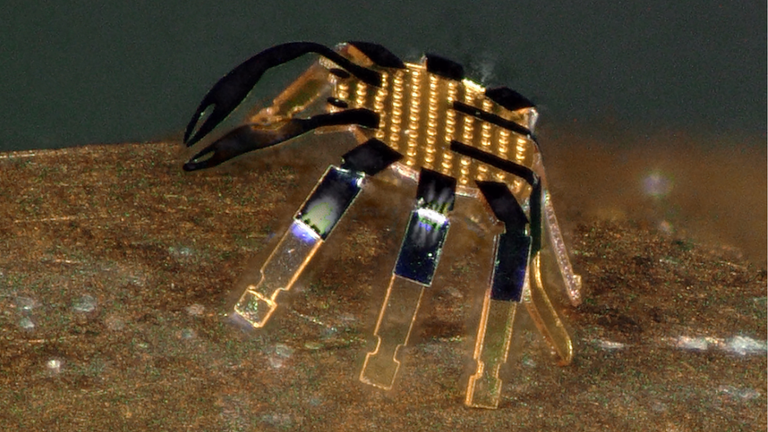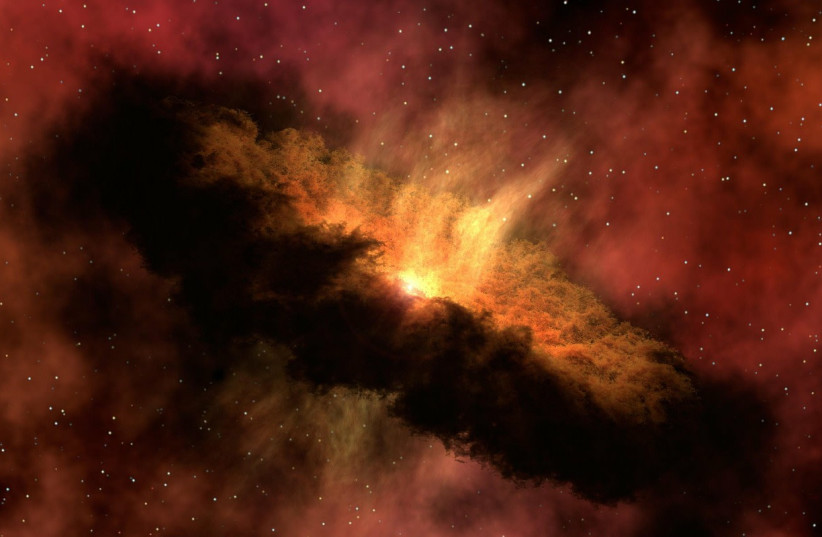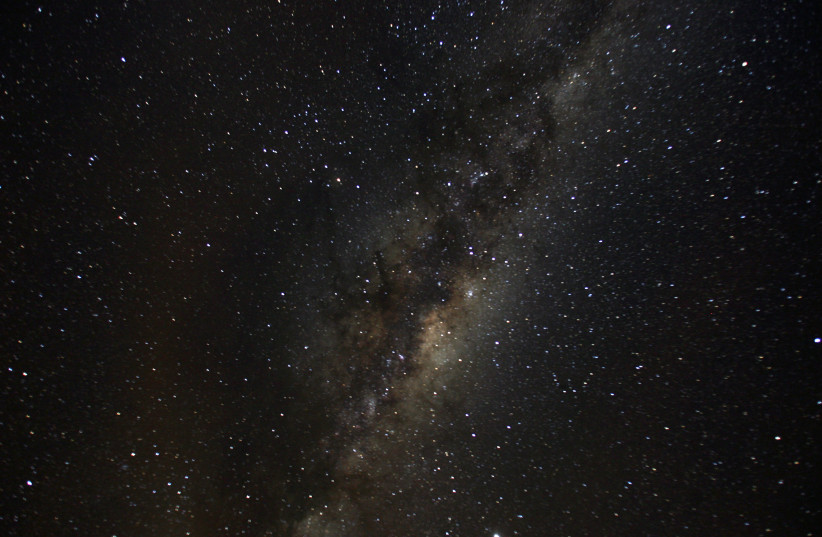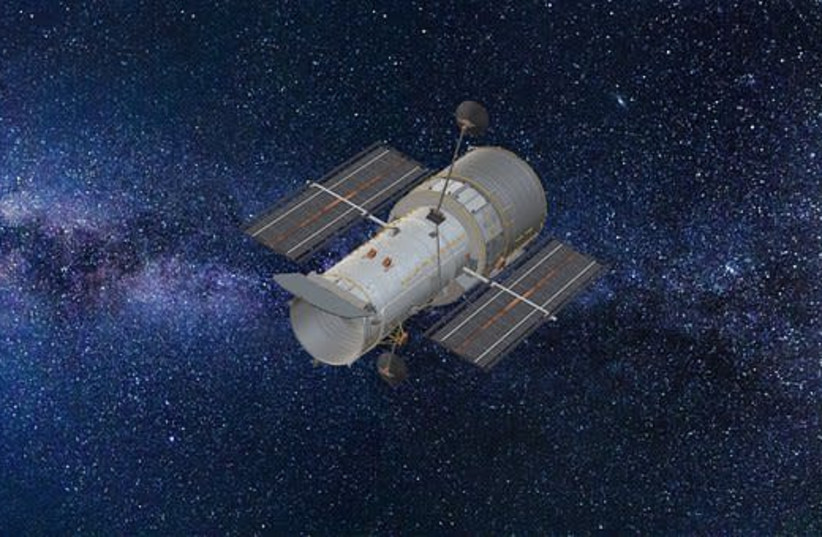In the early 2000s, a new set of data revised the chemical abundances at the surface of the sun, contradicting the values predicted by the standard models used by astrophysicists. Often challenged, these new abundances made it through several new analyses. As they seemed to prove correct, it was thus up to the solar models to adapt, especially since they serve as a reference for the study of stars in general. A team of astronomers from the University of Geneva, Switzerland (UNIGE) in collaboration with the Université de Liège, has developed a new theoretical model that solves part of the problem: considering the sun's rotation, that varied through time, and the magnetic fields it generates, they have been able to explain the chemical structure of the sun. The results of this study are published in Nature Astronomy.
"The sun is the star that we can best characterize, so it constitutes a fundamental test for our understanding of stellar physics. We have abundance measurements of its chemical elements, but also measurements of its internal structure, like in the case of Earth thanks to seismology," explains Patrick Eggenberger, a researcher at the Department of astronomy of the UNIGE and first author of the study.
These observations should fall in line with the results predicted by the theoretical models which aim at explaining the sun's evolution. How does the sun burn its hydrogen in the core? How is energy produced there and then transported towards the surface? How do chemical elements drift within the sun, influenced both by rotation and magnetic fields?
The standard solar model
"The standard solar model we used until now considers our star in a very simplified manner, on the one hand, with regard to the transport of the chemical elements in the deepest layers; on the other hand, for the rotation and the internal magnetic fields that were entirely neglected until now," explains Gaël Buldgen, a researcher at the Department of astronomy of the UNIGE and co-author of the study.
However, everything worked fine until the early 2000s, when an international scientific team drastically revised the solar abundances thanks to an improved analysis. The new abundances caused deep ripples in the waters of the solar modeling. From then on, no model was able to reproduce the data obtained by helioseismology (the analysis of the sun's oscillations), in particular the abundance of helium in the solar envelope.
A new model and the key role of rotation and magnetic fields
The new solar model developed by the UNIGE team includes not only the evolution of rotation which was probably faster in the past, but also the magnetic instabilities it creates. "We must absolutely consider simultaneously the effects of rotation and magnetic fields on the transport of chemical elements in our stellar models. It is important for the sun as for stellar physics in general and has a direct impact on the chemical evolution of the Universe, given that the chemical elements that are crucial for life on Earth are cooked in the core of the stars," says Patrick Eggenberger.
Not only does the new model rightly predict the concentration of helium in the outer layers of the sun, but it also reflects that of lithium which resisted modeling until now. "The abundance of helium is correctly reproduced by the new model because the internal rotation of the sun imposed by the magnetic fields generates a turbulent mixing which prevents this element from falling too quickly towards the center of the star; simultaneously, the abundance of lithium observed on the solar surface is also reproduced because this same mixing transports it to the hot regions where it is destroyed," explains Patrick Eggenberger
The problem is not fully resolved
However, the new model doesn't solve every challenge raised by helioseismology: "Thanks to helioseismology, we know within 500 km in which region the convective movements of matter begin, 199,500 km below the surface of the sun. However, the theoretical models of the sun predict a depth offset of 10,000 km," says Sébastien Salmon, researcher at the UNIGE and co-author of the paper. If the problem still exists with the new model, it opens a new door of understanding: "Thanks to the new model, we shed light on the physical processes that can help us resolve this critical difference."
Update of solar-like stars
"We are going to have to revise the masses, radii and ages obtained for the solar-type stars that we have studied so far," says Gaël Buldgen, detailing the next steps. Indeed, in most cases, solar physics is transposed to case studies close to the sun. Therefore, if the models for analyzing the sun are modified, this update must also be performed for other stars similar to ours.
Patrick Eggenberger says: "This is particularly important if we want to better characterize the host stars of planets, for example within the framework of the PLATO mission." This observatory of 24 telescopes should fly to the Lagrange point 2 (1.5 million kilometers from Earth, opposite the sun) in 2026 to discover and characterize small planets and refine the characteristics of their host star.
























